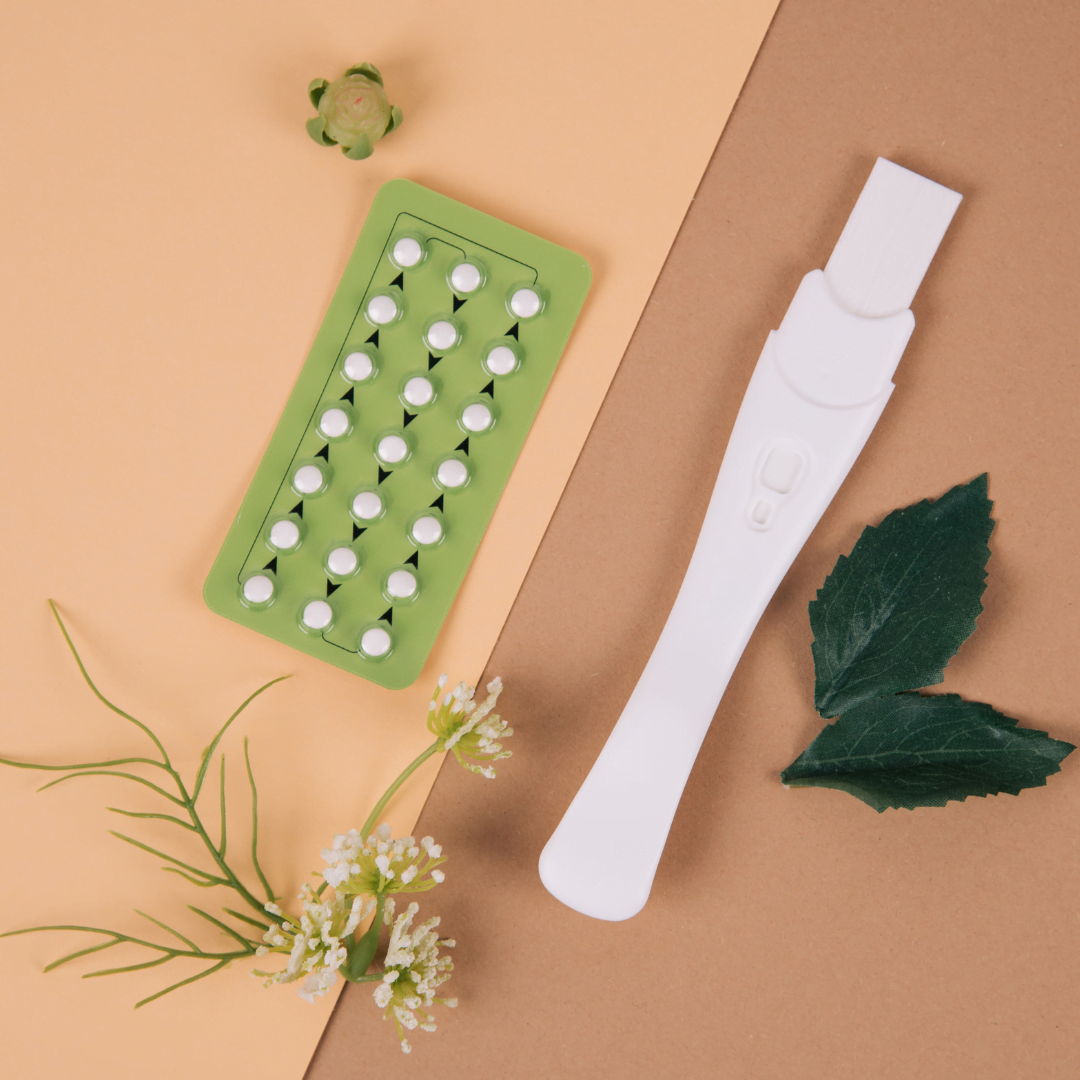
How do I find the contraception that suits me best?
Contraception: all of your options and how they work!
Regardless of your age and the contraceptive methods you already know, you may feel confused and overwhelmed when trying to find the best contraception method for you. However, there are many methods available and they have uses and benefits beyond just pregnancy prevention.
With so many options available to you, it can take some time to determine which one is best for your body, needs and lifestyle and that's where the highly-qualified advice of our specialists comes in!
Consult us for many different reasons:
- For a consultation with our specialists to ask questions, acquire a prescription or report symptoms.
- If your doctor has recommended that you consider contraception for a medical reason, and you would like to know more about it.
- We can help you understand the different options available to you.
This article will give you more information about the different choices available to you, so that you can go to your GP or a contraceptive (or family planning) centre with all relevant information in hand.
But how does it work?
We can distinguish three different methods of contraception:
- Contraception that directly prevents the meeting between the spermatozoa and the egg. This is the case of the condom, spermicides or, even less well known, the diaphragm.
- Those that block ovulation. This is the case of the vaginal ring, the pill or the contraceptive patch.
- And finally, the contraception that will prevent the nidation of the egg. We can talk about the IUD.
We would like to remind you that the only way to protect yourself against STIs (sexually transmitted infections) is to use a condom every time you have sex. Other methods will prevent pregnancy, but will not protect against STIs.
Find out more about STDs here. If you have symptoms, or want to take a test after having unprotected sex you can book a test at Turó Park Medical Center!
Know your options: the list of different methods
In addition, contraceptive methods can be with or without hormones.
We will list the different devices as follows: hormonal devices, hormone-free devices, natural methods, emergency contraception and, finally, permanent contraception.
Moreover, not all the methods listed are equally effective. In addition, each method has its advantages and disadvantages. It is essential to consult a professional when choosing your contraception.
The main devices containing hormones are the following:
Female pill:
Notably, the pill is the most widely used contraceptive method in the UK and around 13% of women that use contraception in USA.
It is also very effective if taken correctly, i.e. daily at the same time. It is approximately 99% effective.
We can distinguish between two categories:
- PP pills, which are progestogen pills, or the mini pill,
- PC pills, also known as oestroprogestogen pills, are the combined pills.
Contraceptive implant:
The implant takes the form of a thin plastic rod. It is 4 centimetres long and 2 millimetres in diameter. With the help of a local anaesthetic, it is placed under the skin in the arm and delivers continuous doses of a progestogen, thus eliminating ovulation.
In addition, the effectiveness of this device is over 99%. It lasts for about 3 years.
The hormonal intrauterine device (IUD):
Also known as an IUD, this device is a T-shaped device. It is about 3.5 centimetres long and is inserted by a professional into the uterus. The IUD consists of a reservoir containing a progestin, and will be released slowly into the body over a period of 3 to 5 years. The IUD will prevent the implantation of the egg, thus avoiding any risk of pregnancy. Sperm can no longer pass through the cervix and no egg can plant in the uterus.
This method is over 99% effective.
Copper intrauterine device (IUD):
The copper IUD is shaped like a T, like the other IUD. However, it is covered with one or more copper wires. The effectiveness of this device will be proportional to its copper content. The copper will prevent the sperm from reaching the egg and thus block fertilisation.
Contraceptive ring:
The contraceptive ring is a plastic and rather flexible vaginal ring. It contains a combination of estrogen and progestin. It is used as follows: the ring must be inserted deep into the vagina by means of the heat generated by the body. The hormones will diffuse through the vaginal wall into the bloodstream. The ring is placed in the vagina for 3 weeks and then removed for a week before a new one is inserted.
Although the ring is effective, it is often prescribed as a second-line treatment.
The condom:
Condoms are local contraceptives which, when applied, create an impermeable barrier to blood, semen and vaginal secretions.
The condom can be :
- male: it is placed on the man's sex, or,
- female: it is inserted into the woman's vagina and has a larger shape.
There are even more options:
The natural methods are as follows:
- The withdrawal method
- MOC (cycle observation method)
Emergency contraception
- The morning-after pill
Permanent contraception
- Sterilisation for contraceptive purposes. It can be performed in women and men and is irreversible.
Leave a Comment
(0 Comments)